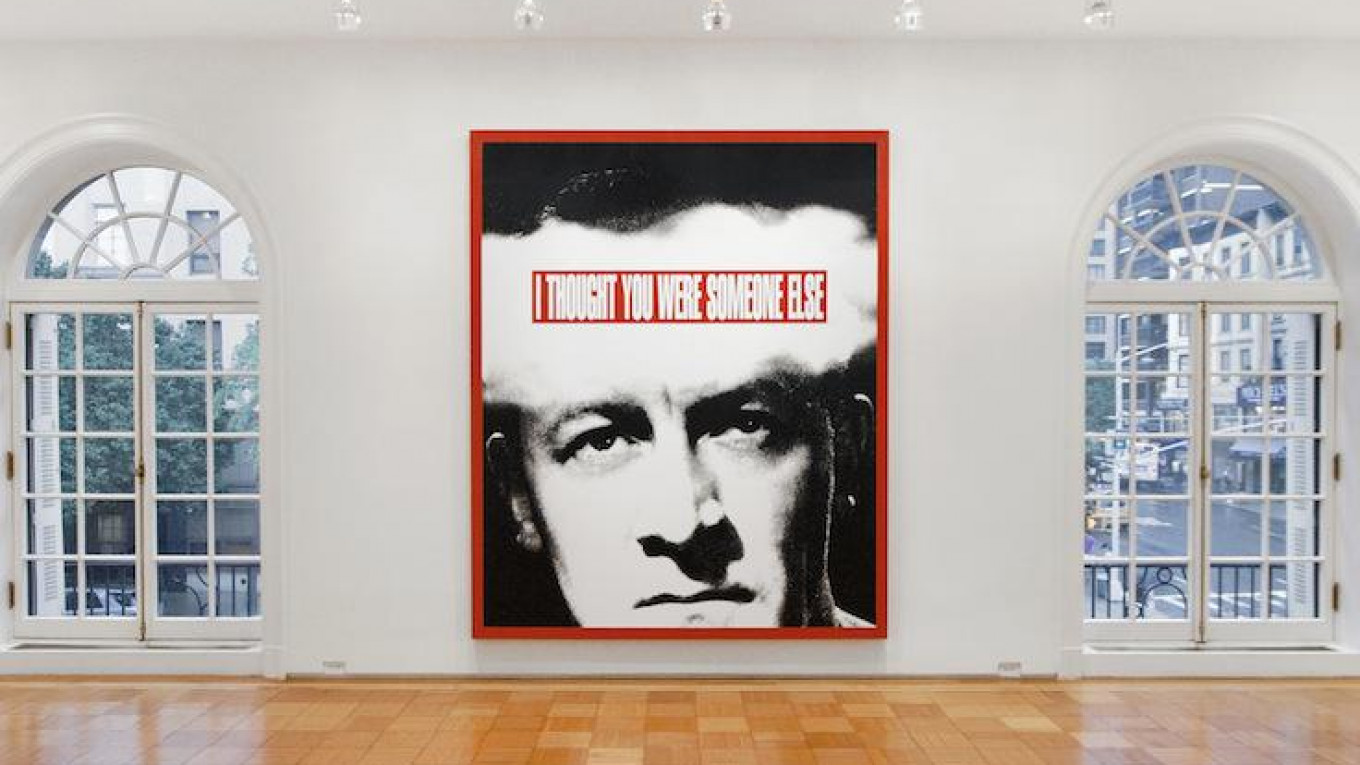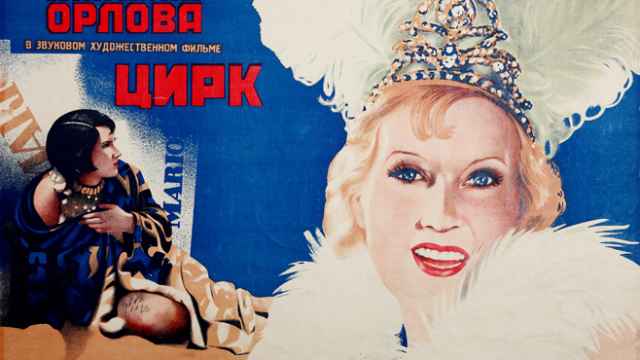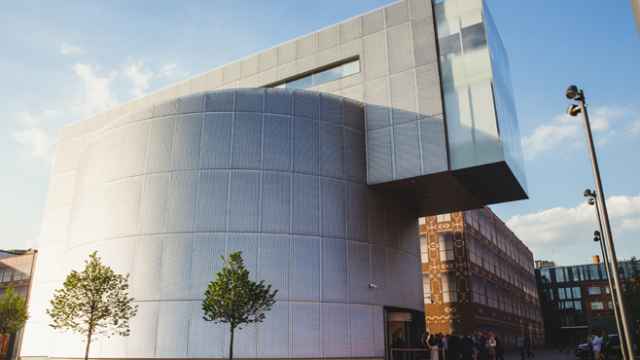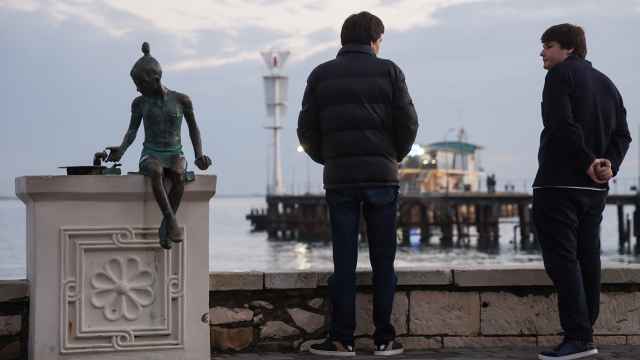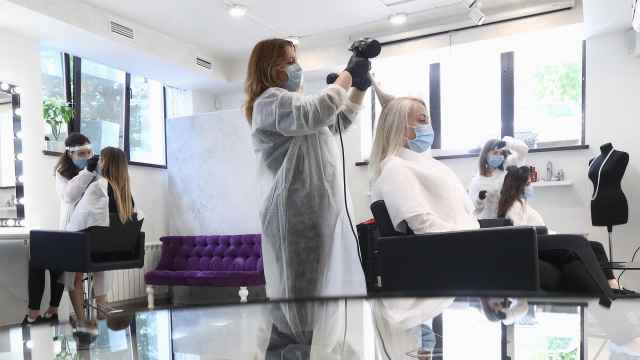Instead of simply viewing the striking contemporary artwork on display at “Co-thinkers” — Garage’s latest exhibition — you’re encouraged to engage with it through touch, sound and imagination. This multi-sensory approach is a tangible example of how the museum is thinking more broadly about the notion of inclusivity in the art world and aiming to foster universal access to its exhibits.
A Collaboration
Artwork for the “Co-thinkers” exhibit was selected according to its ability to alter the perception of the viewer or cast their preconceptions into doubt. Contributing artists include key players from the contemporary art scene who are rarely exhibited in Russia, such as James Turrell, Jason Rhoades and Barbara Kruger.
“Co-thinkers is the latest in a series of initiatives aimed at making Garage a place accessible to everyone, not just on a physical level, but also in terms of working with the broadest possible range of collaborators and audiences,” Anton Belov, director of Garage, told The Moscow Times.
Garage invited a team of four collaborators — all with varying disabilities — to help choose artwork and curate the exhibition. The collaborators — or “Co-thinkers” as they are named in the exhibition — included Yelizaveta Morozova, an autism awareness campaigner with Asperger syndrome and Polina Sineva, a sign language instructor and screen writer who has been deaf since childhood.
“I would like that the regular museum visitor — who very often thinks an art museum is an ivory tower — could find a personal connection to an exhibition and see how it is interrelated to the social environment around them. Delving into the process of display creation leads to a drastic change of your opinion and I hope that after this project very different audiences, not necessarily with disabilities, can find ways to understand the message the museum shares,” said Morozova.
To expand visitors’ means to appreciate the exhibition, it has multi-sensory “stations” where they can interact with the artwork on display from a different sensory perspective. Alongside written explorations are 3D models of the artwork — encouraging visitors to explore the exhibits with their sense of touch — and detailed audio descriptions.
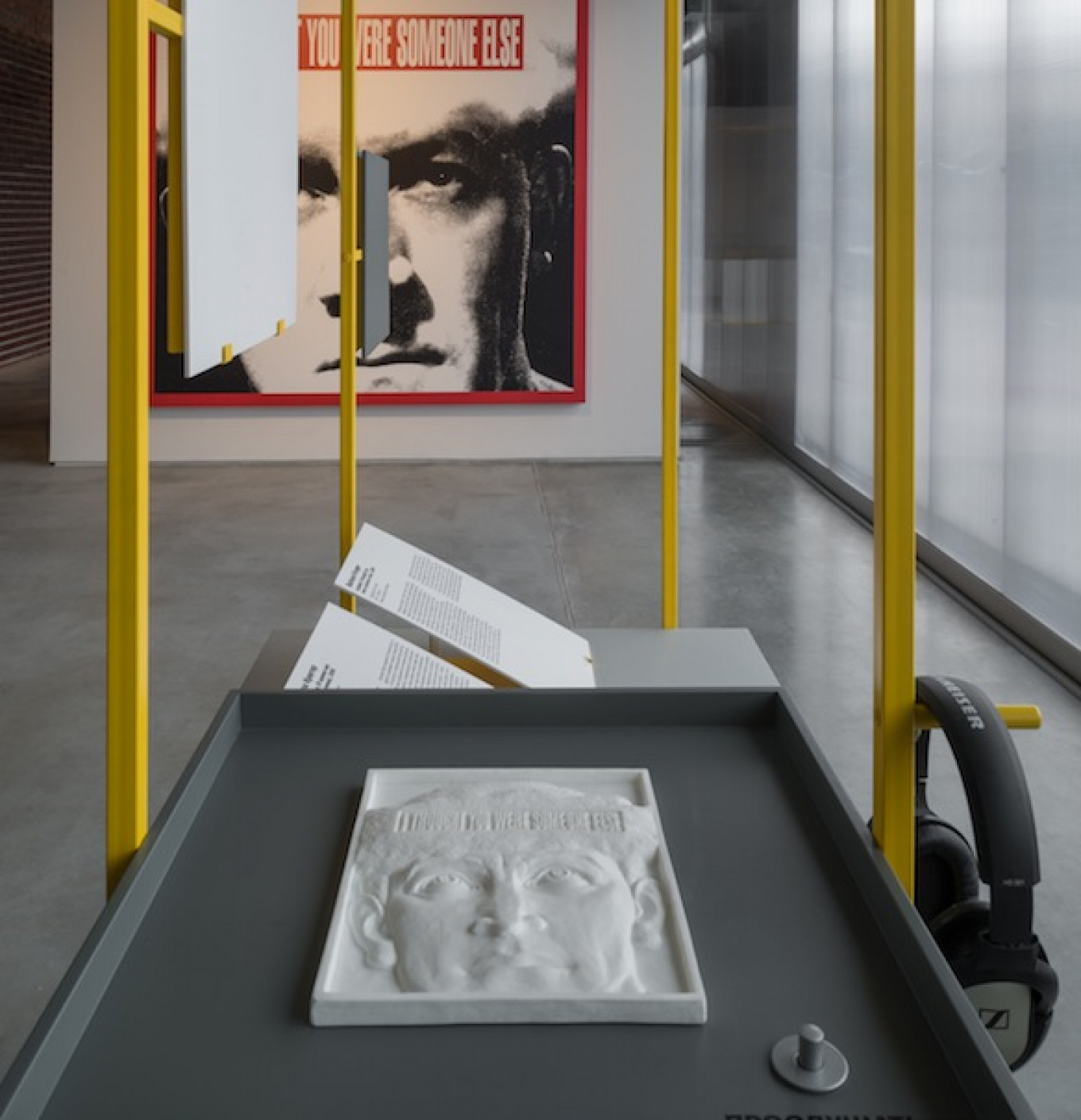
Changing Perceptions
Anastasia Mityushina, the curator of the exhibition, was eager for the exhibition to not only be about tangible access to artwork, but also about facilitating comprehension.
“The Russian audience is unfamiliar with the abstraction of 20th century art and therefore they are not going to find a dialogue between Cecily Brown and de Kooning — this is where the tactile model comes in. When touched, the springs beneath the rubber tell more about the energy of de Kooning and Cecily Brown’s brushwork than any curatorial text.”
In another of the exhibits, “No Show,” artist Melvin Moti presents the visitor with footage of an empty exhibition hall, a voiceover and the echoing steps of soldiers walking around it. The story goes that during World War II the Hermitage museum’s treasures were removed. In 1943 a museum guide named Pavel Gubchevsky ran a tour of the empty walls for a group of soldiers. Having never seen the paintings, the soldier had to create them through the act of imagination. While accompanied by audio and subtitles, you realize you have been thrown into the same sightless world as the soldiers in the empty gallery.
A Move Toward Inclusivity
And Garage is not the only museum in Moscow adapting its exhibitions for a wider audience. Similar drives toward inclusivity have been made at several of Moscow’s main museums. Among them is the Pushkin museum, which, like Garage, worked with the charity “Vyhod” (Exit) to provide training to staff about how to provide a comfortable environment for people with autism.
Meanwhile, the Tretyakov is planning a new exhibition in spring of 2017 to build on the success of the “Language of Sculpture and Braille” project which has been running for several years. The exhibition is specifically aimed at engaging with blind and visually impaired visitors through interactive exhibits, braille labels and tactile floor markings.
“Can blind people have their own aesthetic experience in an art museum? We believe they can,” said Yelena Gerasimova, the curator of the Sculpture and Braille exhibition. “When a blind person engages with a sculpture, they notice the details that sighted people miss. It’s very rewarding as an art historian.”
For Denise Roza, director of Perspektiva, an NGO that aims to promote independence and improved quality of life for people with disabilities in the Russian community, exhibitions like “Co-thinkers” signal a positive step forward in making museums in the capital more inclusive based on universal design standards.
“It’s wonderful that inclusive or universal design is now part of the agenda for many museums, and it’s clear that the team at Garage have made an incredible commitment to ensure their museum is as open as possible to a wide range of visitors. Provision for persons with disabilities should be integrated into the mainstream programs and museums should always try to think more broadly about who might be coming though their doors.”
9/32 Krymsky Val
Metro Oktyabrskaya, Park Kultury
Through Sept. 9
A Message from The Moscow Times:
Dear readers,
We are facing unprecedented challenges. Russia's Prosecutor General's Office has designated The Moscow Times as an "undesirable" organization, criminalizing our work and putting our staff at risk of prosecution. This follows our earlier unjust labeling as a "foreign agent."
These actions are direct attempts to silence independent journalism in Russia. The authorities claim our work "discredits the decisions of the Russian leadership." We see things differently: we strive to provide accurate, unbiased reporting on Russia.
We, the journalists of The Moscow Times, refuse to be silenced. But to continue our work, we need your help.
Your support, no matter how small, makes a world of difference. If you can, please support us monthly starting from just $2. It's quick to set up, and every contribution makes a significant impact.
By supporting The Moscow Times, you're defending open, independent journalism in the face of repression. Thank you for standing with us.
Remind me later.


